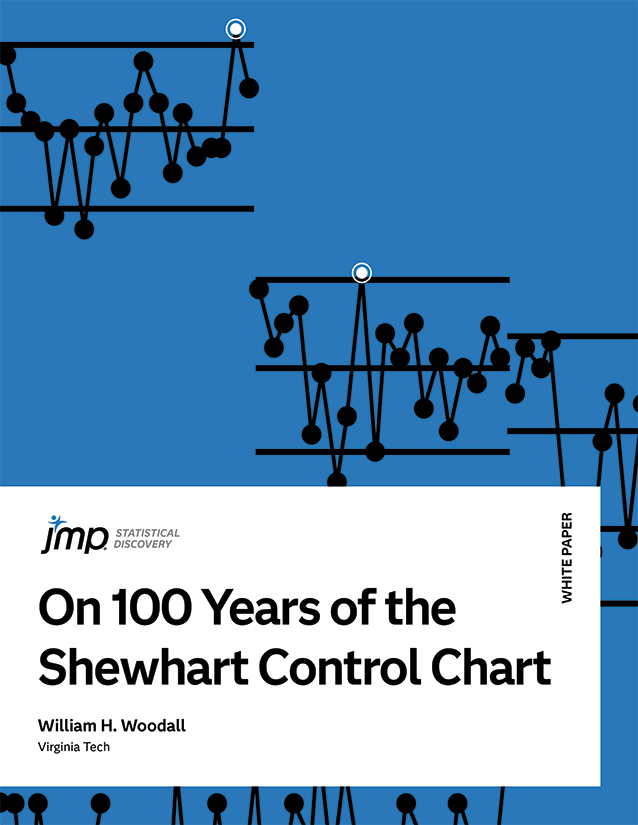William H. Woodall,
Virginia Tech
My entry into the quality field was simply a matter of my good fortune. My 1980 dissertation at Virginia Tech was on Abraham Wald’s sequential probability ratio test. The following year, as an assistant professor at Mississippi State University, I happened upon Zacks’ (1981) article on the cumulative sum control chart while browsing through journals in the campus library. I saw where the mathematics used in my dissertation could be applied to study quality monitoring methods. Unbeknownst to me at the time, the United States was in the midst of the quality revolution, motivated by competition with Japanese companies, with widespread interest in the use of statistical methods to monitor and improve quality. I have spent much of the last forty years working in the statistical process monitoring area, frequently with co-authors and graduate students, and have benefited greatly from the ideas of Walter Shewhart.
My goal in writing this white paper is to commemorate the 100th anniversary of the control chart. I also give the readers some food for thought and perhaps some ideas on how to make fuller use of their control charts. I give some practical advice, some of it well-worn, on how one might achieve the best results in implementing statistical process monitoring. Additional details can be found in the paper by Zwetsloot et al. (2023).
Read the full paper by completing the form below.
